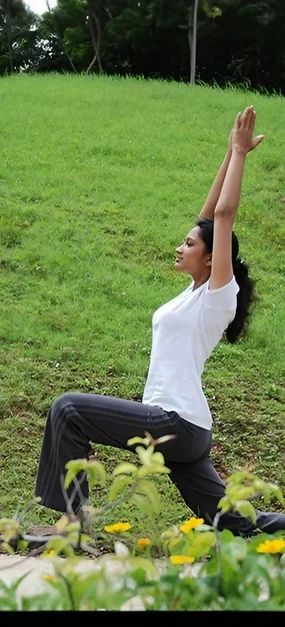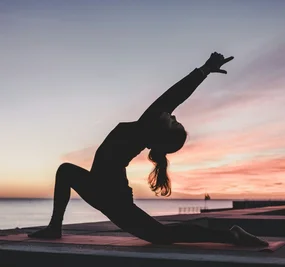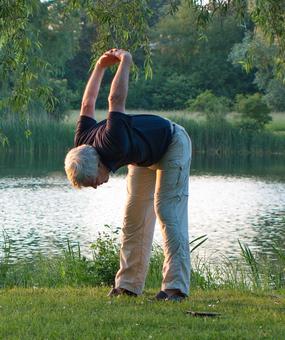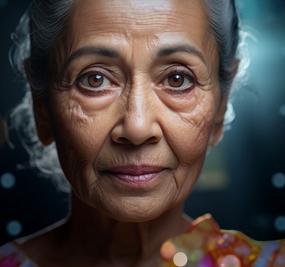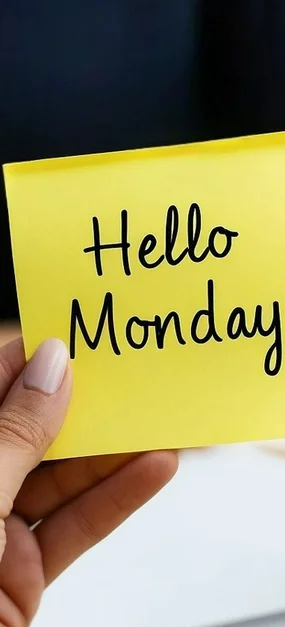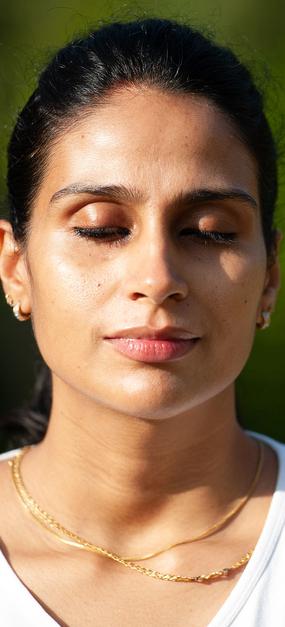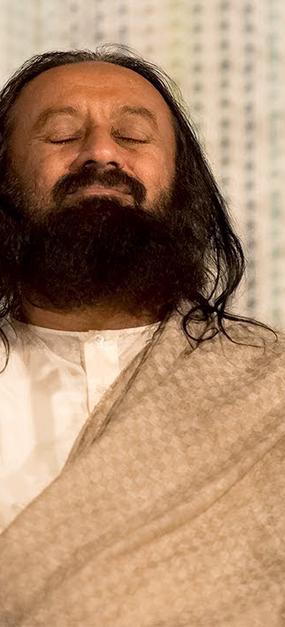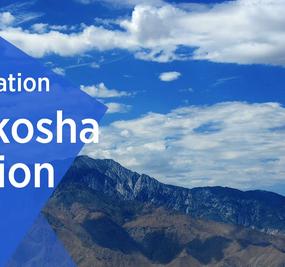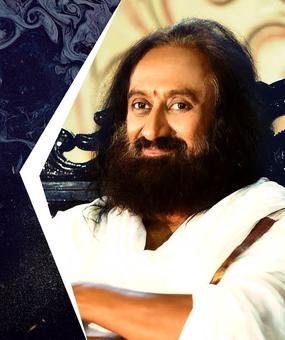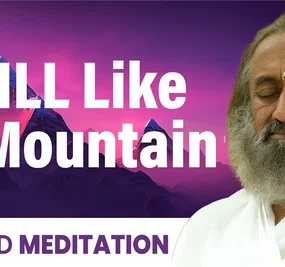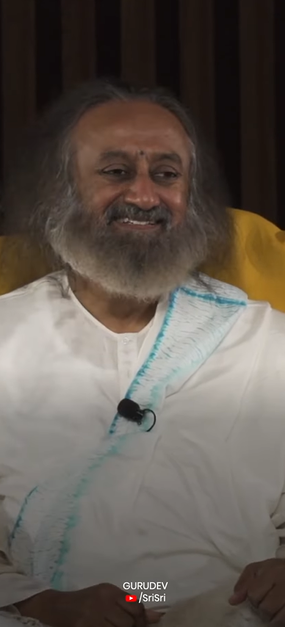Many people are falling prey to depression today. The reasons could range from hectic and unhealthy lifestyles, hormonal imbalances, stress and an inability to deal with traumatic life experiences. The symptoms of depression could vary according to the severity and the individual. This is a difficult experience for the person and the people around. According to the World Health Organization, globally, more than 300 million people of all ages suffer from depression.
The good news: there are some simple lifestyle changes like yoga, meditation and better eating habits that could help overcome feelings of depression. How does this principle work? According to Ayurveda, depression is a sign that the body-mind complex has low prana or life-force energy. Prana is responsible for enthusiasm, happiness, and peace. Regular practice of yoga and meditation help to increase the prana levels, thereby removing the symptoms of depression. In fact, several scientific studies have found yoga to have healing effects on people with depression.
While one is on the journey towards recovery, it is important to remain optimistic and have faith. As Gurudev Sri Sri Ravi Shankar says: “Life is a combination of happiness and pain. Pain is inevitable but suffering is optional. Having a broad perspective on life gives you the strength to move forward through painful times. Know that you are very much needed in this world. With all its infinite possibilities, this life is a gift for it can become a fountain of joy and happiness not just for oneself but for many others as well.”
Yoga poses to reduce depression
Shishuasana (Child Pose)
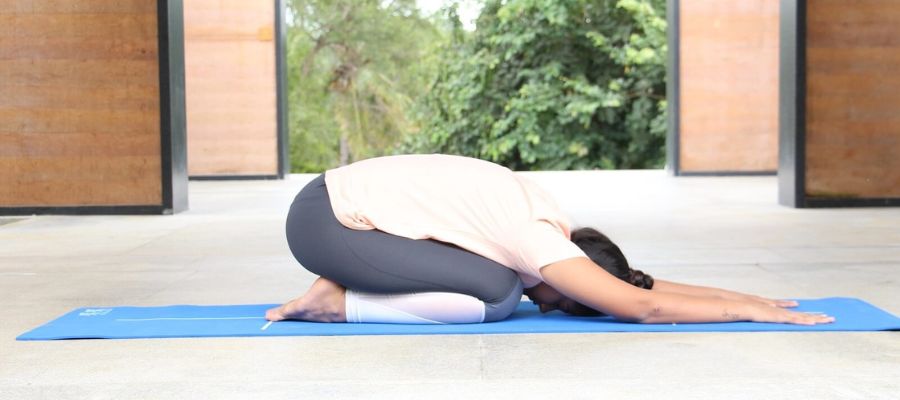
- Deeply relaxing
- Calms the nervous system, reducing stress, and anxiety
To know more about Shishuasana.
Halasana (Plow Pose)
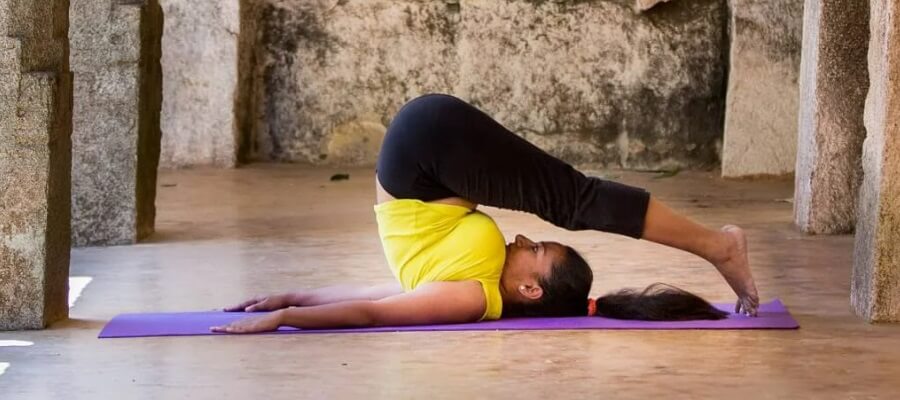
- Calms the nervous system, reducing stress and fatigue
- Stimulates the thyroid gland, helping to improve your mood and energy levels
read Benefits of Halasana here.
Shavasana (Corpse Pose)
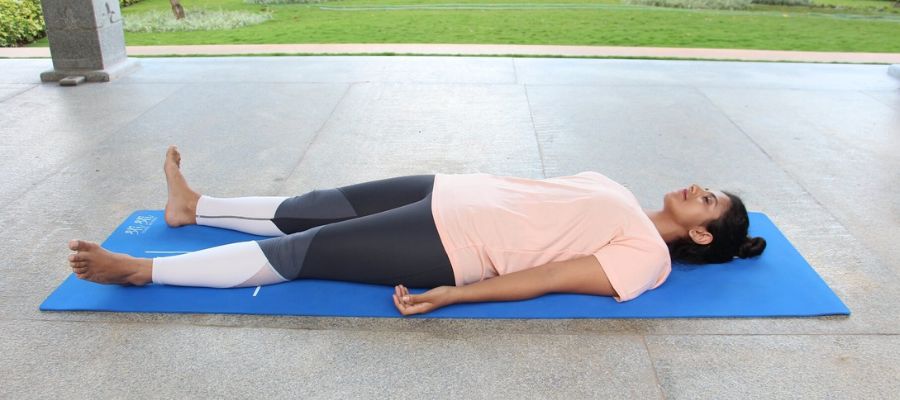
- Enables a deep and meditative rest, releasing stress, a major cause of depression
- Helps reduce Vata Dosha – imbalance in the air element, which can cause you to feel depressed and anxious
- Helps rejuvenate and refresh you
Learn more about Shavasana.
Adho Mukha Svanasana (Downward-facing Dog Pose)
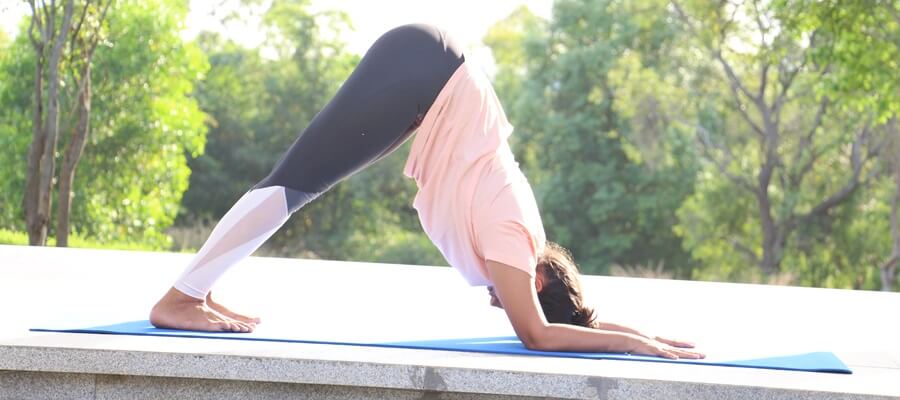
Click here for how to do Adho Mukha Svanasana
- Energizes and rejuvenates the body
- Increases blood circulation to the brain, helping to boost your mood
- Helps relieve headache, insomnia, and fatigue
Setu Bandhasana (Bridge Pose)
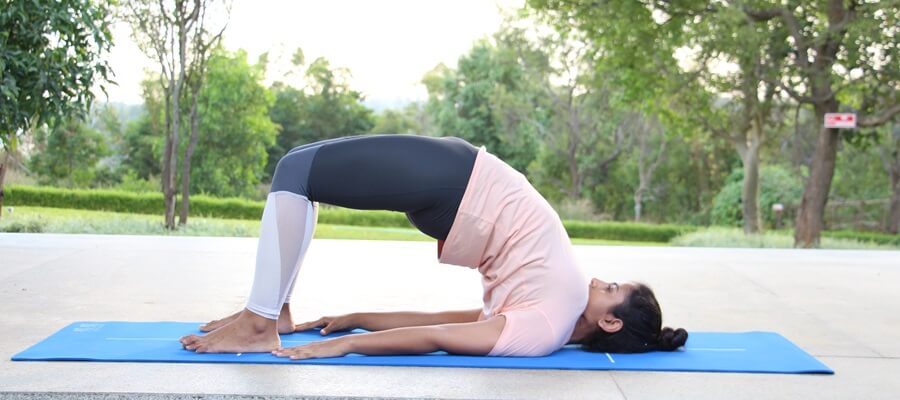
- Calms the brain, reducing anxiety and depression
- Opens up the lungs and reduces thyroid problems, which causes mood swings and depression.
Learn more about click here Setu Bandhanasana.
Breathing exercises
Breathing exercises and Pranayamas are particularly, effective techniques to help overcome depression.
Bhramari Pranayama (Humming Bee Breathing Excercise)
- Helps calm the agitated mind
- Builds confidence
know more about Bhramari Pranayama.
Nadi Shodhan Pranayama (Alternate nostril breathing technique)
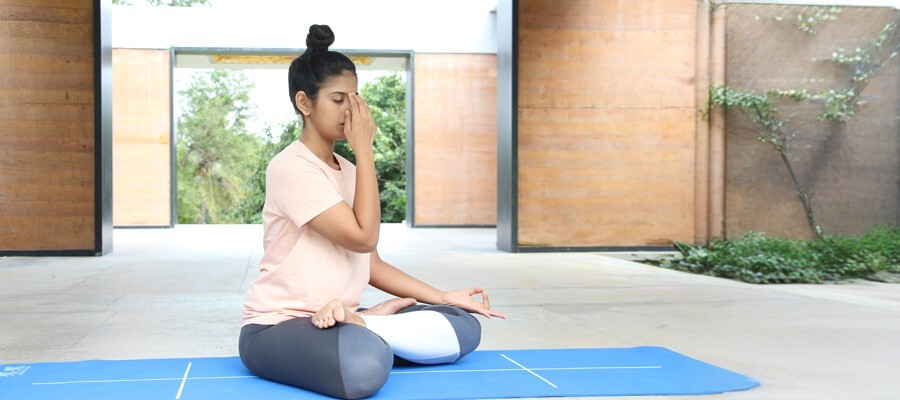
Click here for How to do Nadi Shodhan Pranayama
- Helps bring the mind to the present, discarding unwanted thoughts of the past and future
- Helps purify the nadis – energy channels, ensuring smooth flow of prana
- Helps releases accumulated stress, and ward off depression
More than a dozen published studies have documented significant relief from depression in individuals who learned and practiced the Sudarshan Kriya and accompanying breathing techniques (SKY). These studies have demonstrated a 67-73% success rate in relief from depression, regardless of the severity of depression.
A few bonus tips
- Get involved in community service: Thinking ‘what can I do for society’, getting involved in a bigger cause shifts the whole focus of life and can take one out of the rut of ‘what about me.’
- You are what you eat: Watching what you eat is also very important. Foods that have high prana and healthier are easy on the mind and body.
- Practice some chants: Chanting helps to increase energy and calm the mind.
Yoga practice helps develop the body and mind bringing a lot of health benefits. Yet, it is not a substitute for medicine. It is important to learn and practice yoga postures under the supervision of a trained Sri Sri Yoga teacher. In case of any medical condition, practice yoga postures after consulting a doctor and a Sri Sri Yoga teacher.




